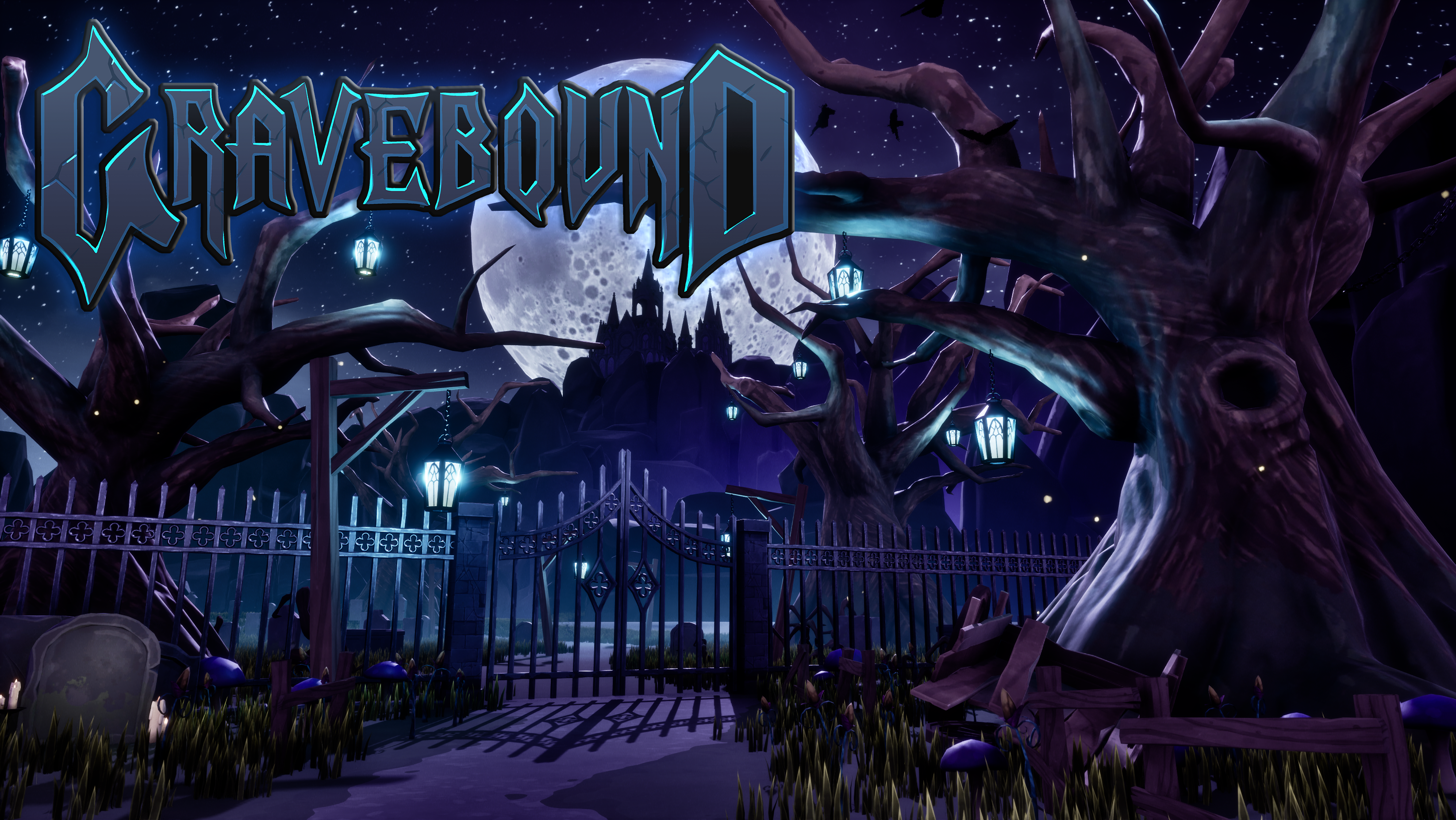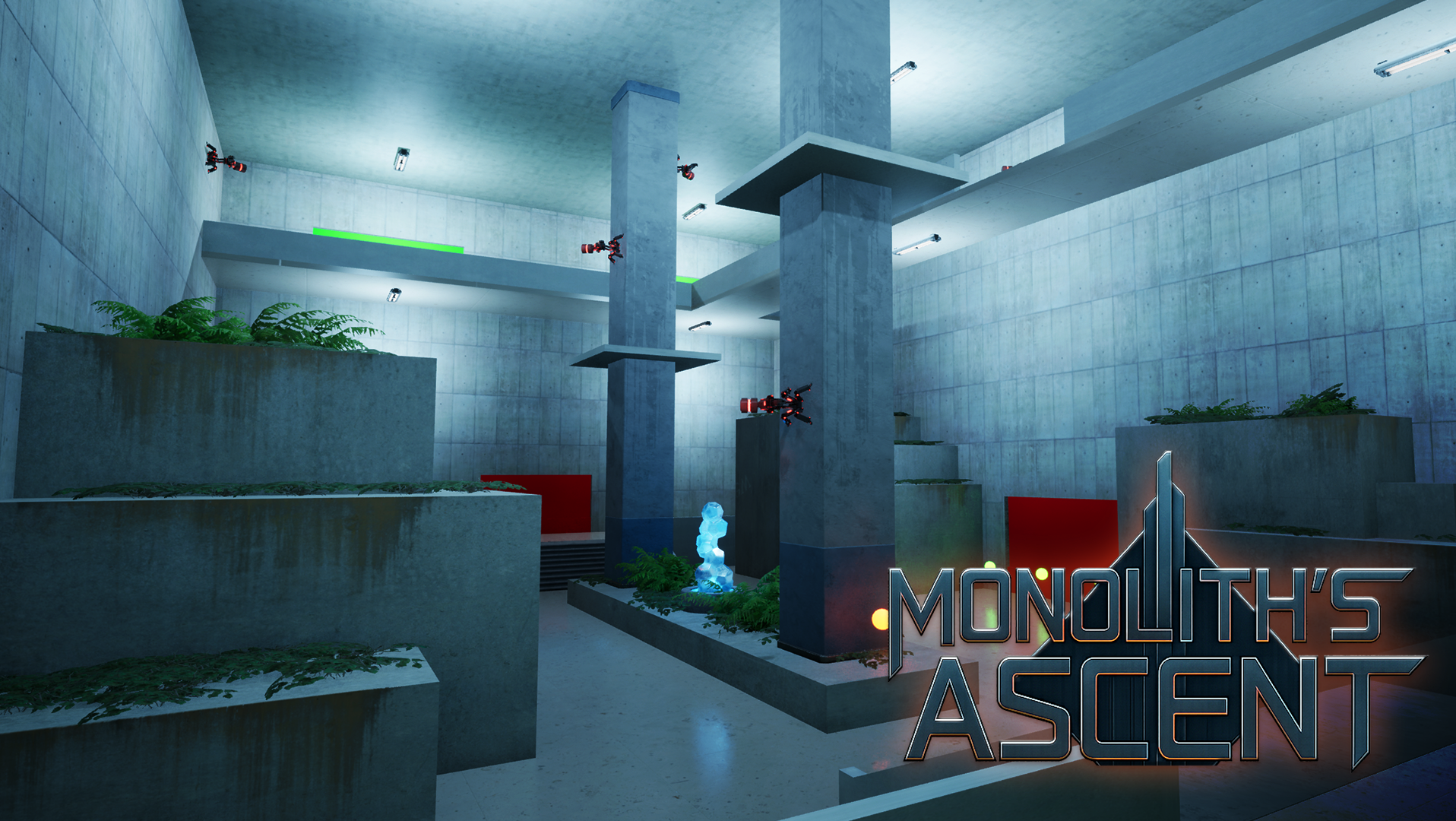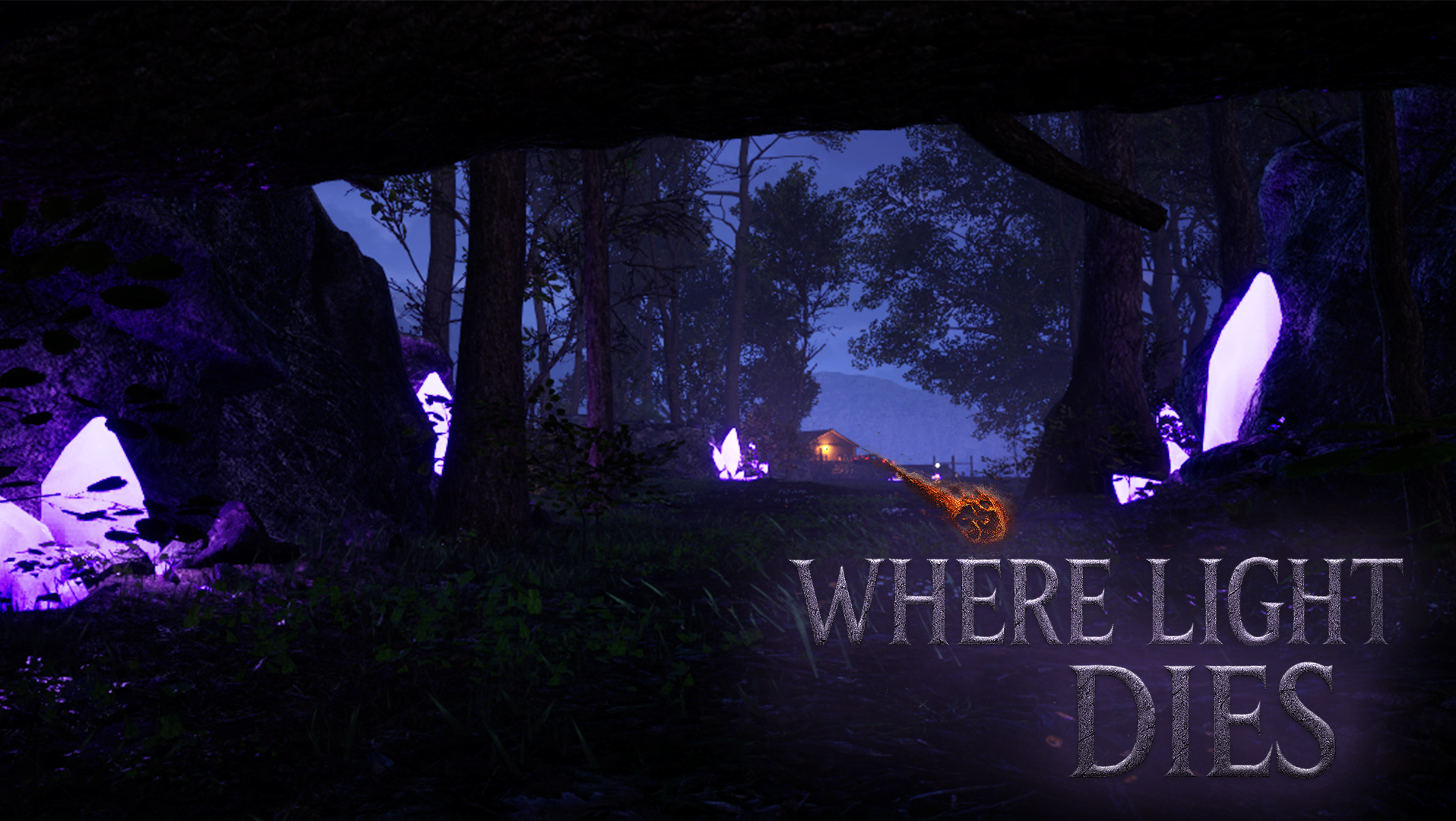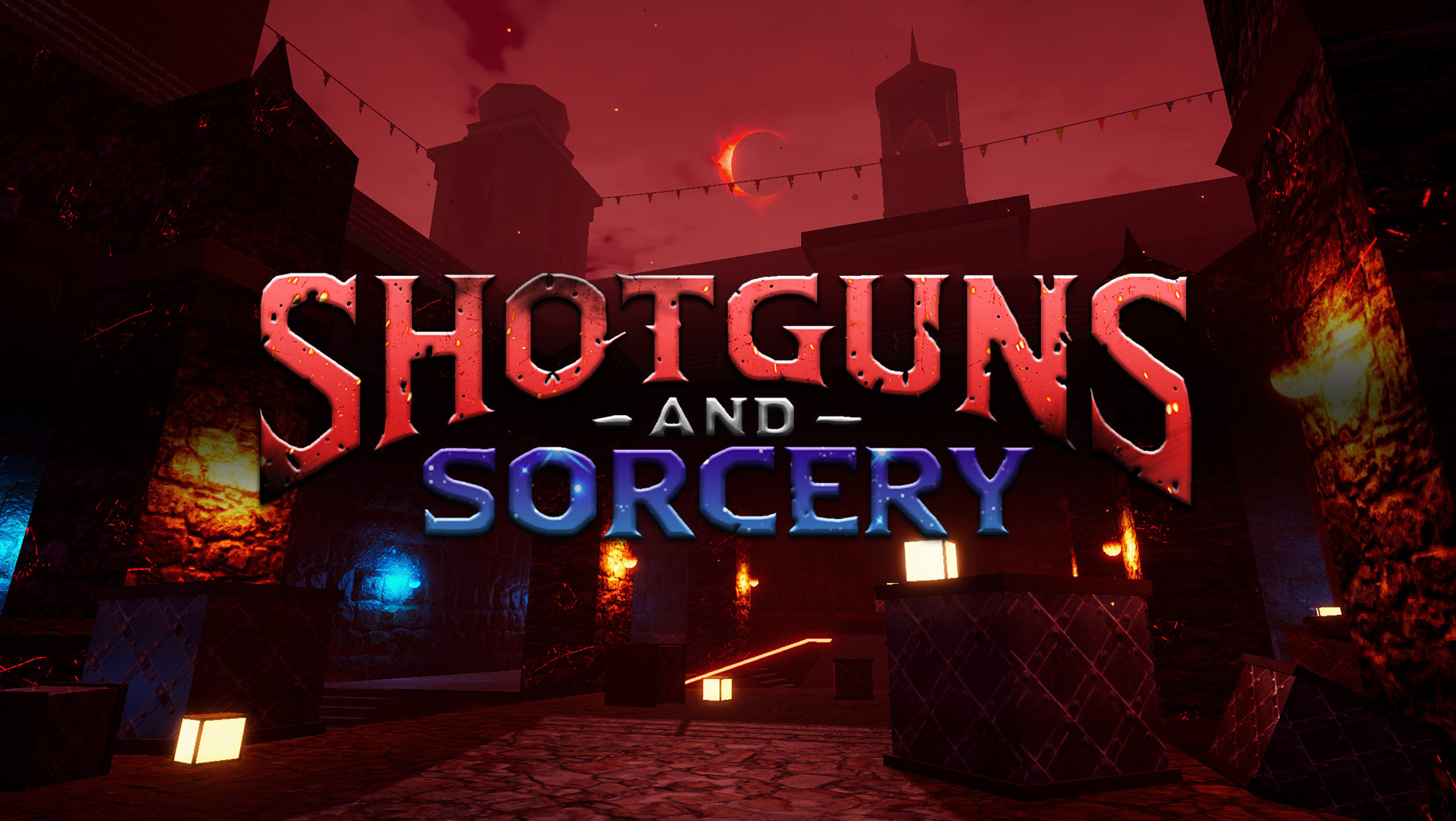
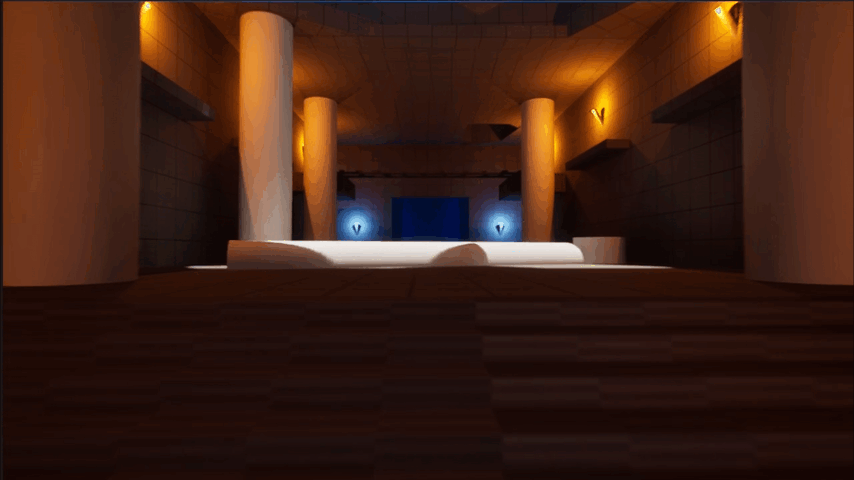

PROJECT OVERVIEW
A puzzle adventure level where players reflect lasers to solve complex puzzles. Players progress through three sections of increasing complexity, using mirrors and environmental elements to redirect laser beams and solve puzzles. Through layers of intuitively taught, interconnected mechanics, players are encouraged to experiment and discover unique solutions to each challenge.
Main Gameplay Features:
- Laser Redirection System: Redirect beams using mirror cubes, angled surfaces, and multi-bounce sequences to activate objectives.
- Multiple Solution Design: Puzzles support multiple valid solutions, rewarding players who experiment and think outside the box.
- Increasing Complexity: Three sections of increasingly difficult puzzles. Mechanics are introduced gradually and layered to create engaging, unique challenges.
Full Playthrough Video


PROTOTYPING AND SANDBOX
I began by prototyping the main mechanics, reflecting lasers into objectives, while establishing these design pillars:
- Encourage player experimentation and exploration
- Support multiple puzzle solutions when possible
- Structure three sections with increasing difficulty to teach and combine mechanics
- Balance challenges to avoid frustration, but push players to create unique solutions
During this phase, I focused on developing the core mechanics and putting them together in a series of chambers to test mechanical interactions. I designed these chambers to teach mechanics effectively while gradually adding complexity.
Sandbox Video
CORE SYSTEMS
LASER REFLECTION SYSTEM
This is the mechanical backbone of this entire project. It was designed to be easily set up in any level with laser spawn points, reflection cubes/walls, and laser objective points.
- Laser Spawn Points: Fires a laser from a point on this actor object, which continues indefinitely until it hits a surface. Laser color can also be adjusted here.
- Reflection Cubes: Objects that can be picked up and positioned to reflect lasers in any direction. This is a necessary tool for solving puzzles.
- Reflection Walls: Walls that can be stationary or rotatable to reflect lasers at set angles. Used for several-bounce sequences where a laser needs to reflect off multiple surfaces before hitting its objective point.
- Laser Objective Points: An object that requires a laser to hit it to trigger a specific event, which typically involves opening doors and pathways.
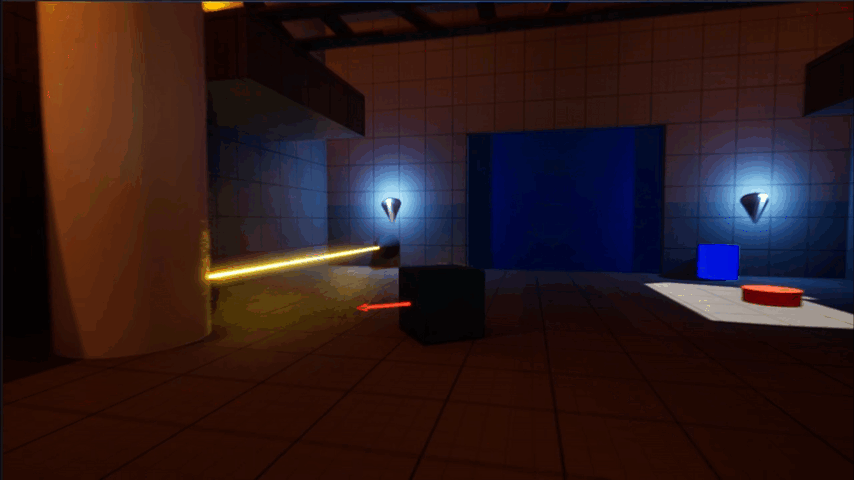
Basic Laser, Reflection Cube, and Objective Point
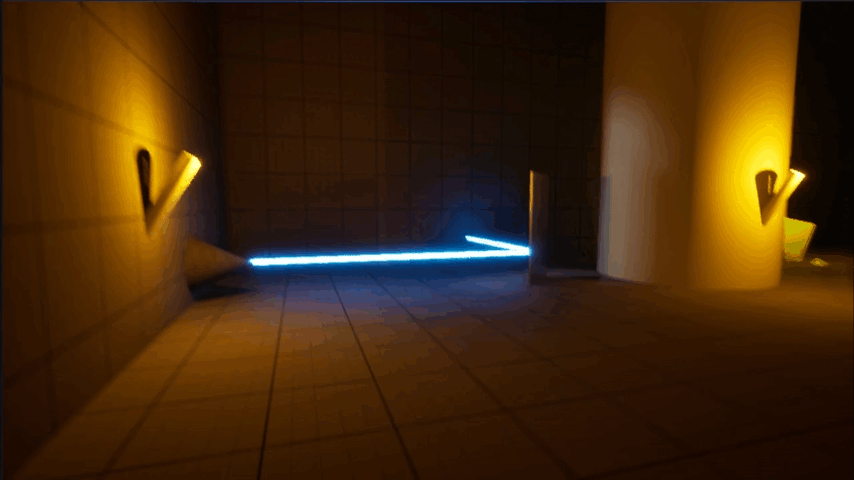
Reflection Wall

Laser Spawn Point Blueprint

Reflection Cube Blueprint

Reflection Wall Blueprint

Laser Objective Point Blueprint
PUZZLE SEQUENCES
Each puzzle sequence in this project was designed to teach one concept at a time. Gradually increasing in length and complexity, and letting players naturally learn how each mechanic worked without confusion.
- Introduce → Combine → Master
- Each sequence builds on the player's mechanical knowledge before adding complexity. The player is eased into learning and experimenting before being pushed to apply that knowledge in later puzzles.
DIFFICULTY PROGRESSION
Building off of my puzzle sequences, these challenges help the player get creative while thinking critically about their solutions without overwhelming them. Through playtest data and multiple iterations, I made sure that each puzzle was fair, fun, and challenging.
- Tutorial (introductory mechanics taught) → Mechanical Development (more complex mechanics introduced) → Mastery (mechanical variations, all mechanics combined into one final challenge)
- Through two lengthy playtest cycles, puzzles were adjusted and balanced, reducing frustration rates across most players.
- Each section offers something new, preventing stale gameplay and always giving the player a new, unique challenge to solve.
LEVEL BREAKDOWN
PAPER MAP
In my paper map, I designed a narrative and tied the level design into it. The level layout featured three distinct sections while gradually building on mechanics and increasing in complexity:
Introductory Section:
A linear, compact space that introduces basic mechanics with a very clear path.
Mechanical Development Section:
Combines new and previous mechanics with moderate complexity, encouraging the player to explore the environment.
Culmination Section:
A large, multi-room layout presents the primary goal and direction clearly to the player. This final section features interconnected puzzles, testing problem-solving skills and player creativity while minimizing frustrating traversal throughout this larger section.
FINAL DESIGN
Throughout my whiteboxing in UE5, I transformed the 2D design from my paper map into a 3D space, establishing interesting mechanical challenges and increasing difficulty for playtesting.
Playtests focused on three key areas: difficulty curves, mechanical clarity, and level flow. Player data primarily revealed opportunities to cut down on slow traversal sections and adjust puzzle complexity to keep them interesting and fun.
The final pass added greybox detail assets and lighting to reinforce the narrative and theme of the level while efficiently using lighting to guide the player forward.
The result: a cohesive, engaging level that balances an overarching narrative with unique puzzle challenges, encouraging player exploration and creativity, which aligned with my original design philosophy.

Section 1

Section 2

Section 3 Central Room

Section 3 Side Room
SELF REFLECTION
This project fundamentally changed my approach to game and level design. What began as simple laser-based puzzles evolved into complex puzzle sequences that are taught naturally through the environment and through player experimentation. The sandbox phase taught me how puzzle games create engaging, unique experiences through combining mechanics in a multitude of ways.
Playtesting provided the most valuable insights, as watching players engage with my project helped me take notes and adjust difficulty scaling, level flow, and environmental guidance. Seeing unintended solutions and unexpected struggles taught me to trust each player's individual process over giving them direct instruction.
